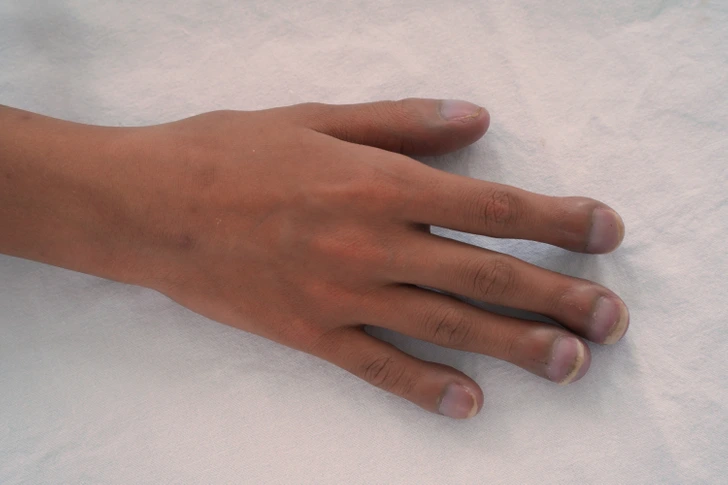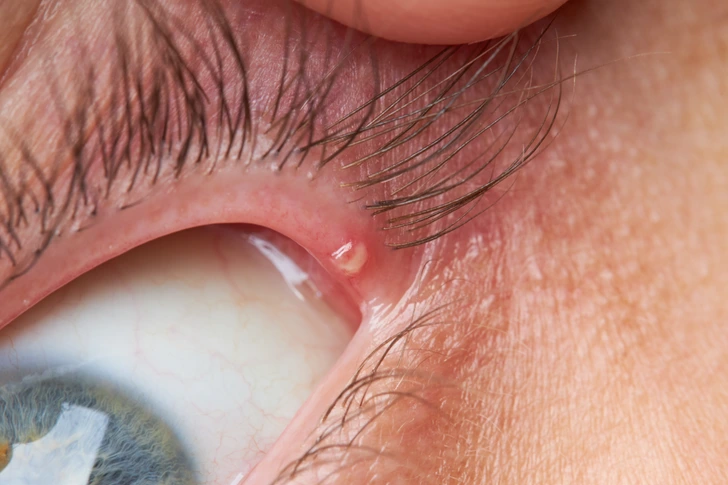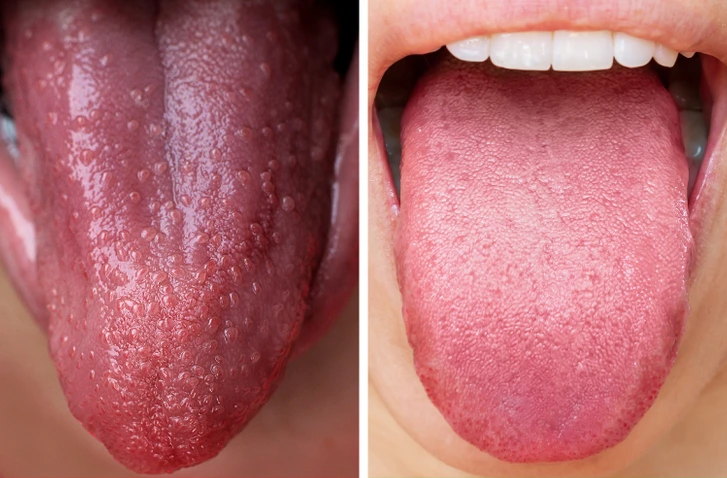Your body is constantly sending you signals, and it’s up to you to pay attention. Just like a warning light on a car dashboard, physical changes in your body can indicate underlying issues that shouldn’t be ignored. From yellowish skin to curved nails, these seemingly minor symptoms could point to serious health concerns. In this article, we’ll explore eight warning signs that your body may be trying to communicate, along with what they might mean for your overall well-being.
1. Yellowish Skin: A Sign of Liver Trouble
A yellow tint to your skin or the whites of your eyes can be alarming. This condition, known as jaundice, usually indicates liver problems.
Why It Happens
Jaundice is often caused by elevated levels of bilirubin, a yellow pigment found in bile, which the liver normally helps eliminate. When the liver is unable to process this pigment effectively, it accumulates in the body, leading to a yellowish hue.
What to Do
If you notice your skin turning yellow, seek medical attention immediately. Jaundice could be a sign of conditions such as hepatitis, gallstones, or even liver cancer. Early diagnosis and treatment are crucial for managing liver health.
2. White Spots on Nails: Nutritional Deficiency or More?
White spots on your nails might seem like a cosmetic issue, but they can indicate something more.
Why It Happens
These spots, known as leukonychia, often result from minor injuries or trauma to the nail. However, persistent white spots may be linked to zinc, calcium, or protein deficiency.
What to Do
Review your diet to ensure you’re getting enough nutrients, particularly zinc and calcium. Foods like dairy products, nuts, and leafy greens are rich in these minerals. If the spots persist, consult a healthcare provider for further testing to rule out other conditions like fungal infections or psoriasis.
3. Cracks in the Corners of Your Mouth: More Than Just Dry Skin
Cracked or sore corners of your mouth, medically known as angular cheilitis, can be painful and bothersome.
Why It Happens
This condition can result from dehydration, sun exposure, or even allergies to toothpaste or lipstick ingredients. It could also indicate a lack of iron, zinc, or B vitamins, as well as fungal infections.
What to Do
Keep the affected area moisturized with a lip balm and stay hydrated. If the cracks persist, consider taking a multivitamin or increasing your intake of nutrient-rich foods like whole grains, nuts, and lean meats. If symptoms worsen, a doctor’s visit might be necessary to check for underlying causes like vitamin deficiency or an infection.
4. Curved Nails: Potential Lung or Heart Issues
Curved nails, also known as clubbing, may indicate more serious health problems than you’d expect.

Why It Happens
Clubbing occurs when the ends of the fingers enlarge, causing the nails to curve downward. This change is often associated with chronic lung diseases, such as COPD, cystic fibrosis, or lung cancer. It can also be a sign of cardiovascular issues or gastrointestinal disorders.
What to Do
If you notice your nails becoming thicker and more rounded, seek medical advice promptly. A comprehensive medical evaluation, including lung and heart function tests, can help identify the underlying cause and ensure timely treatment.
5. Mouth Ulcers: A Painful but Telling Symptom
Mouth ulcers, also known as canker sores, are small, painful lesions that appear on the inside of your mouth.
Why It Happens
These sores can be triggered by stress, hormonal changes, or vitamin deficiencies, particularly B12. They may also have a genetic component, making them more common in certain families.
What to Do
Maintain good oral hygiene and try using a mouth rinse to ease discomfort. Incorporating B12-rich foods, like eggs, fish, and dairy products, into your diet may help prevent future outbreaks. If mouth ulcers persist or recur frequently, consult a doctor to explore other possible causes, such as celiac disease or inflammatory bowel conditions.
6. Bumps on the Eyelids: Not Just a Minor Irritation
Small, painful bumps on your eyelids, known as styes, can be irritating but may also indicate underlying issues.

Why It Happens
Styes are typically caused by bacterial infection or blocked oil glands near the eyelid. However, frequent occurrences could be linked to dry skin conditions, diabetes, or improper hygiene related to contact lenses or makeup brushes.
What to Do
Apply a warm compress to the affected eyelid for relief. Ensure your makeup tools are clean, and replace contact lenses as directed. If styes occur often, it’s worth consulting an eye specialist to rule out chronic conditions like blepharitis or meibomian gland dysfunction.
7. Ring Around the Cornea: A Sign of High Cholesterol
If you notice a bluish, gray, or whitish ring around the edge of your cornea, it could be arcus senilis, a sign of high cholesterol.
Why It Happens
Arcus senilis results from fat deposits accumulating around the cornea. While it is common with aging, its appearance in younger people can signal elevated cholesterol levels, increasing the risk of heart disease.
What to Do
Schedule a cholesterol screening if you spot these rings in your eyes. Adjust your diet to include more heart-healthy foods like oats, fish rich in omega-3, and nuts. Additionally, regular exercise and potential cholesterol-lowering medications may be recommended by your doctor.
8. Shiny Tongue: More Than Just an Oral Health Issue
A red, shiny tongue can be an indicator of several health concerns, ranging from infections to vitamin deficiencies.

Why It Happens
A shiny, smooth tongue is often associated with a lack of certain nutrients, particularly iron, folic acid, or B12. It could also be linked to scarlet fever or oral infections like oral herpes.
What to Do
Increase your intake of nutrient-rich foods such as red meat, leafy greens, and fortified cereals. If symptoms persist, consult a healthcare provider to determine whether antibiotics, antivirals, or specific supplements are needed.
Conclusion: Listen to Your Body’s Signals
Your body has ways of telling you when something’s wrong, and it’s crucial to pay attention. From yellowish skin to mouth ulcers, these warning signs could indicate a range of health issues, from nutritional deficiencies to serious organ problems. Always listen to your body, respond promptly to changes, and don’t hesitate to consult a healthcare professional. By staying aware and proactive, you can maintain better health and well-being.


